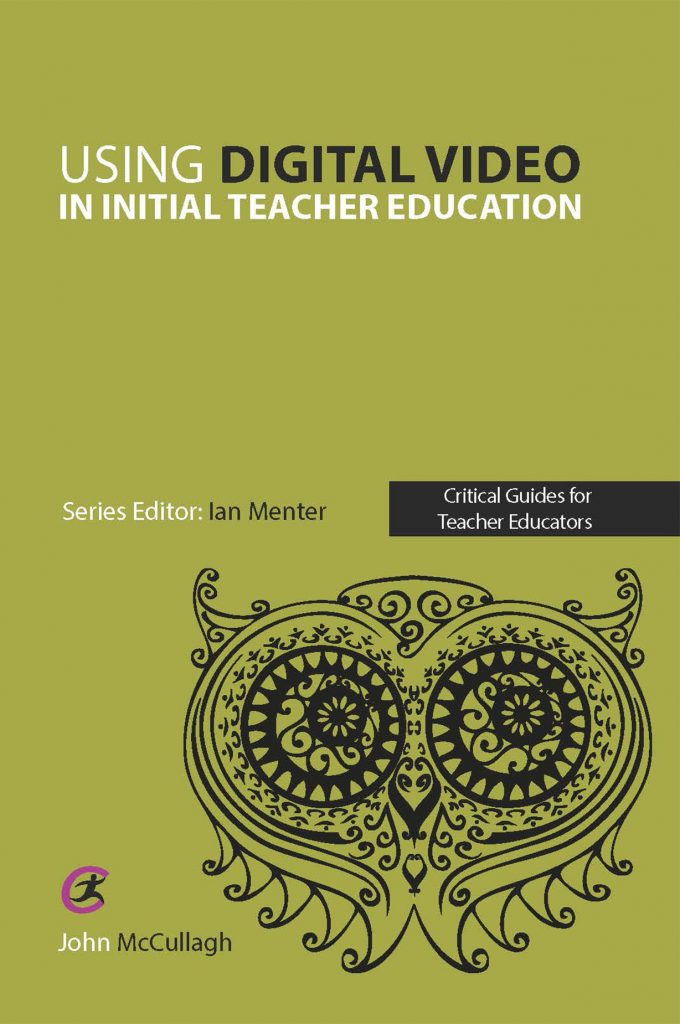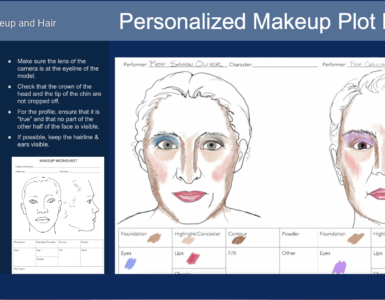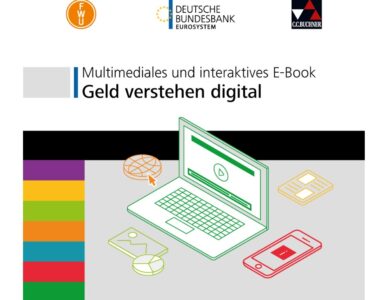Digital video has proven to be an invaluable media for learning within initial teacher education (ITE) during the recent lockdown and shift to online learning. As restrictions begin to ease and we look forward to welcoming our students back to the campus and the classroom, it is worth reflecting on the value of digital video and how it can inform our pedagogy and conceptualization of initial teacher education.

In my book ‘Using Digital Video in Initial Teacher Education’ (edited by Ian Menter) I describe how video can be used to support learner-centred activities which develop pre-service teachers’ (PSTs’) competence and confidence, and discuss how video might inform our conceptualization of ITE and its pedagogy.
Digital video technology has much to offer ITE both through the technological affordances it brings to the study of teaching and from its potential to mediate the collective construction of knowledge. The powerful combination of moving images and sounds speaks to us more profoundly than any other form of media. They bring an immediacy and intimacy which draws on our capacity as humans to be moved, made curious, and to reason. Video can prime us to feel involved in the classroom action, to wonder about unfolding events, and most importantly, it can inspire us to think and talk. Advances in digital technology and the proliferation of mobile devices, allow PSTs to continue to engage with practice away from the ITE institution or school setting, at times and in places of their choice. Video provides a virtual observation experience for the learner who can now simultaneously be both in the classroom and in an environment where they can watch and replay teaching episodes alone or with guidance and support from tutors or peers. The facility to pause, replay and interact with real classroom events provides teacher educators with the means to capture and present practice with its complexity unravelled yet its detail and its authenticity preserved.
The facility to interact with video transforms passive viewing into active learning, as PSTs share ideas and learning resources. My book describes how online video analysis tools such as Microsoft Office 365’s Streaming App, ‘VideoAnt’ or the video facility within VLEs such as Canvas, can be used to devise tasks which require learners to annotate video with their thoughts and so evidence their understanding of theory in practice. Video clips can be complimented by text and images to demonstrate the attainment of particular teaching competences or serve as digital records of reflective practice. Editing enables tutors to customise videos by selecting key incidents from within or across a series of lessons to illustrate and exemplify the key themes of their instruction. Editing provides PSTs with greater control over which clips to include and ensures that the learning experience is specific to the needs of the individual learner, enabling them to accurately recount the story of their own personal experience of teaching. For both teller and audience, story-telling can be compelling and emotionally engaging and help reframe thinking and nurture professional growth.
The theory underpinning the value of digital video can be best explored from a sociocultural perspective of learning as a collaborative, developmental and purposeful human activity. Vygotsky placed action at the centre of development, stating that psychological functions emerge out of social, collective activity. In serving as a scaffold for learning and providing support and reassurance, video-related tasks attend to the cognitive and the affective needs of the learner. Learning to teach is not easy and can prove emotionally challenging. Doubts or misgivings about their ability to cope can divert PSTs’ attention away from how best to proceed with a task to concerns over failing and mishaps. The guidance, affirmation and reassurance resulting from interacting with video recordings of their own and their peers’ teaching, contribute to the four recognized sources of SEB as shown below (Figure 1). Teachers with higher SEB are more likely to adopt more pupil-centred approaches and be more open to innovative forms of teaching.

Figure 1. Interacting with videos of their own and their peers’ teaching enhances pre-service teachers’ self-efficacy belief
As well as facilitating a closer coupling of theory to practice, video use could also inform ITE program structures and practices and address the many calls for closer partnership between schools and ITE institutions. A shared ‘video enhanced learning environment’ could serve as a ‘third space’ in which PSTs could have access to the best of both worlds – the theory-rich discourse and pedagogical expertise of ITE tutors and mentors and the situated practice-related experience of in-service teachers. Videos could be jointly developed by both parties to help PSTs plan and prepare for their classroom teaching and so bring greater continuity to their learning experience. The stronger partnership would also help ITE tutors keep up to date with innovative classroom teaching and challenges and in turn provide teachers and their schools with greater access to research-informed perspectives on practice.
Above all else, digital video empowers teacher educators to respond to Dewey’s condemnation of ‘teaching by pouring’ and ‘education by telling’, by providing the resource and the processes for the construction of understanding and the development of professional agency.
Editor’s notes: John’s book ‘Using Digital Video in Initial Teacher Education’ is published by Critical Publishing on 23 September 2021. We are also happy to report that John will be giving one of our opening presentations during the next Media & Learning Online Autumn conference taking place on 18 November 2021.

Author
John McCullagh is Senior Lecturer in science education at Stranmillis University in Belfast, UK














